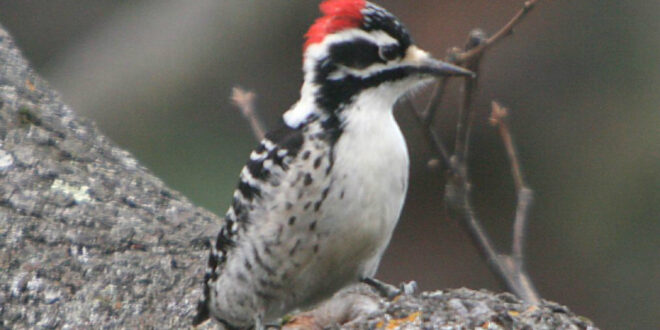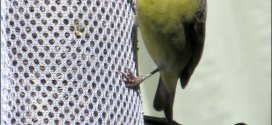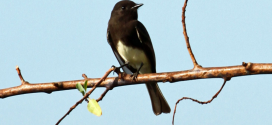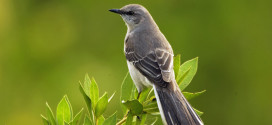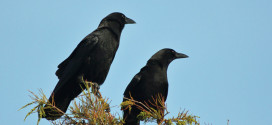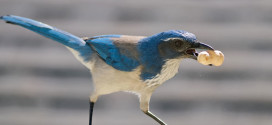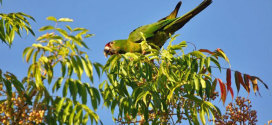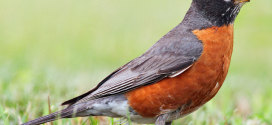California’s oak woodlands are the place to look for Nuttall’s Woodpeckers. If you find an oak tree in California, even in suburban areas, there’s a chance that a Nuttall’s Woodpecker will be around. These small woodpeckers don’t just forage on trunks and branches, they also forage on tiny stems in willows and alders where they might look more like a sparrow messing around in a shrub than a woodpecker. In our Sunnyvale garden, the woodpecker loves the 20-year-old cherry tree.
You’ll probably hear the dry rattle before you see a Nuttall’s Woodpecker, which will help you pinpoint its location. When they rattle they usually stay put, giving you time to find them. Nuttall’s Woodpeckers are black-and-white striped birds. Males have a red patch on the back of their heads and both sexes have 2 narrow white stripes across their cheeks. The back has narrow black-and-white horizontal bars with a solid black patch on the upper back. The underparts are whitish with spotting and barring on the flanks. Juveniles have more grayish or buffy underparts than adults, and juveniles of both sexes have some red on the crown
If you live in California’s oak woodlands, putting up a suet feeder may bring a Nuttall’s Woodpecker to your yard.
In 1843 William Gambel named the small black-and-white woodpecker after Thomas Nuttall, an English botanist and ornithologist. Thomas Nuttall was perhaps better known as a botanist, but he also published a pioneering book on birds, A Manual of the Ornithology of the United States and Canada. His book and passion for nature also inspired the formation of the first organization in North America dedicated to birds in 1873, the Nuttall Ornithological Club.
Although Nuttall’s Woodpeckers are nearly confined to oak woodlands, they do not eat acorns.
